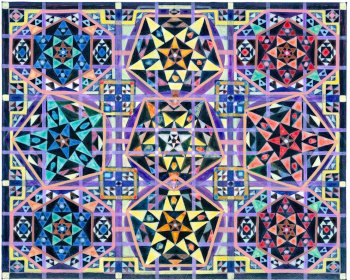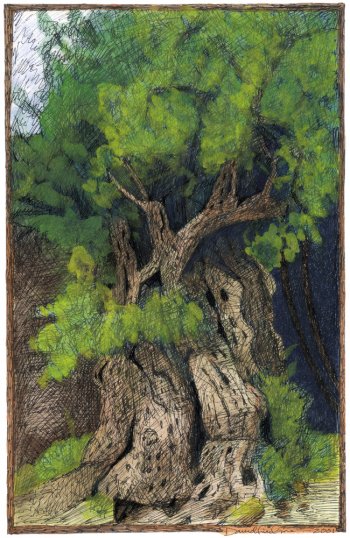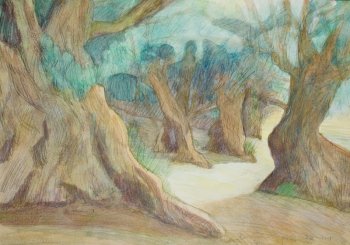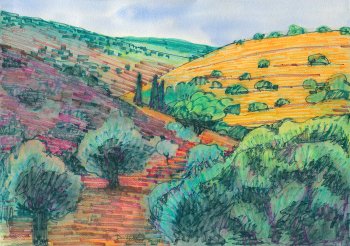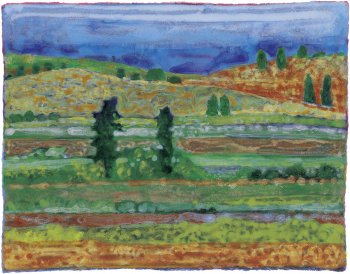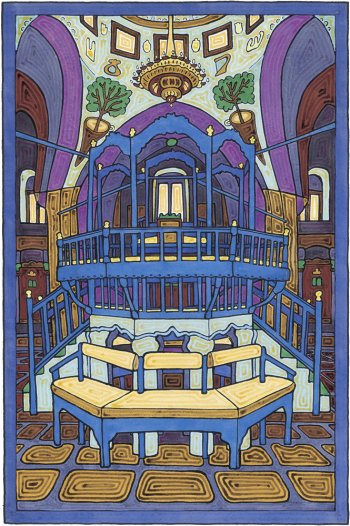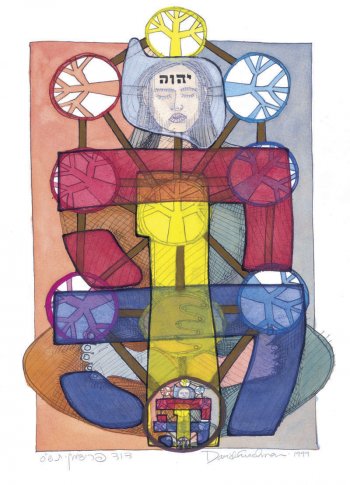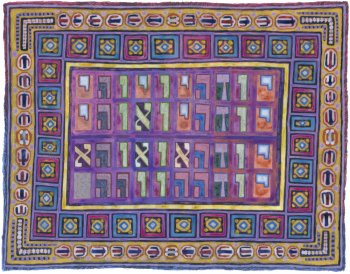This image containing various Geometric shapes and stars is basically divided into 9 sections - hinting at the 9 higher Sefirot (3 x 3). The fractal repetitions within each section hints at the 10th Sefirah Malchut.
Although Jewish people often claim the 6-pointed star as our own and call it a Jewish Star or the Magen David, and it does appear on the Israeli flag, this star is in fact used by … more
Artworks
LOREM IPSUM DOLOR SIT AMET CONSECTETUR
